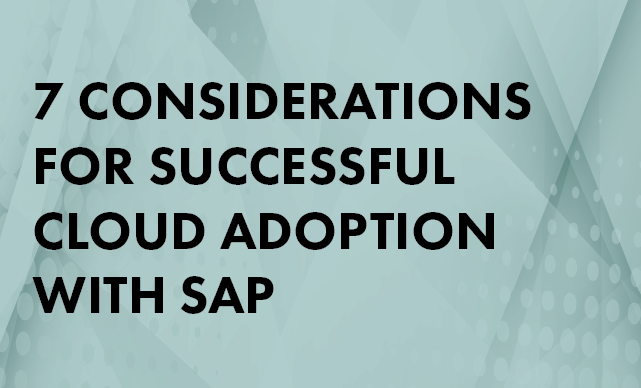5 Ways Enterprise Cloud Migration Improves Sustainability
Key Takeaways
Migrating to the Cloud significantly reduces energy consumption due to the superior efficiency of enterprise Cloud data centers.
Cloud providers are more capable of sourcing clean energy like wind and solar, making Cloud services greener than on-premises alternatives.
Moving to the Cloud allows businesses to repurpose their data center facilities, contributing to sustainability and avoiding new construction.
Migrating legacy applications to the Cloud is a sustainable and cost-effective solution for businesses. Cloud providers like Microsoft Azure boast data centers that are 93% more energy-efficient than traditional on-premises alternatives. This efficiency is due to economies of scale, with Cloud data centers housing tens of thousands of servers supported by shared, more efficient power and cooling systems. Additionally, major Cloud providers can source cleaner energy from wind and solar more reliably and affordably than most private enterprises. Cloud services also offer efficiency through serverless computing, reducing energy consumption. By moving to the Cloud, businesses can repurpose their data center space for new uses, reducing the need for additional construction. Embracing the Cloud not only supports sustainability but also enhances agility and cost savings.





